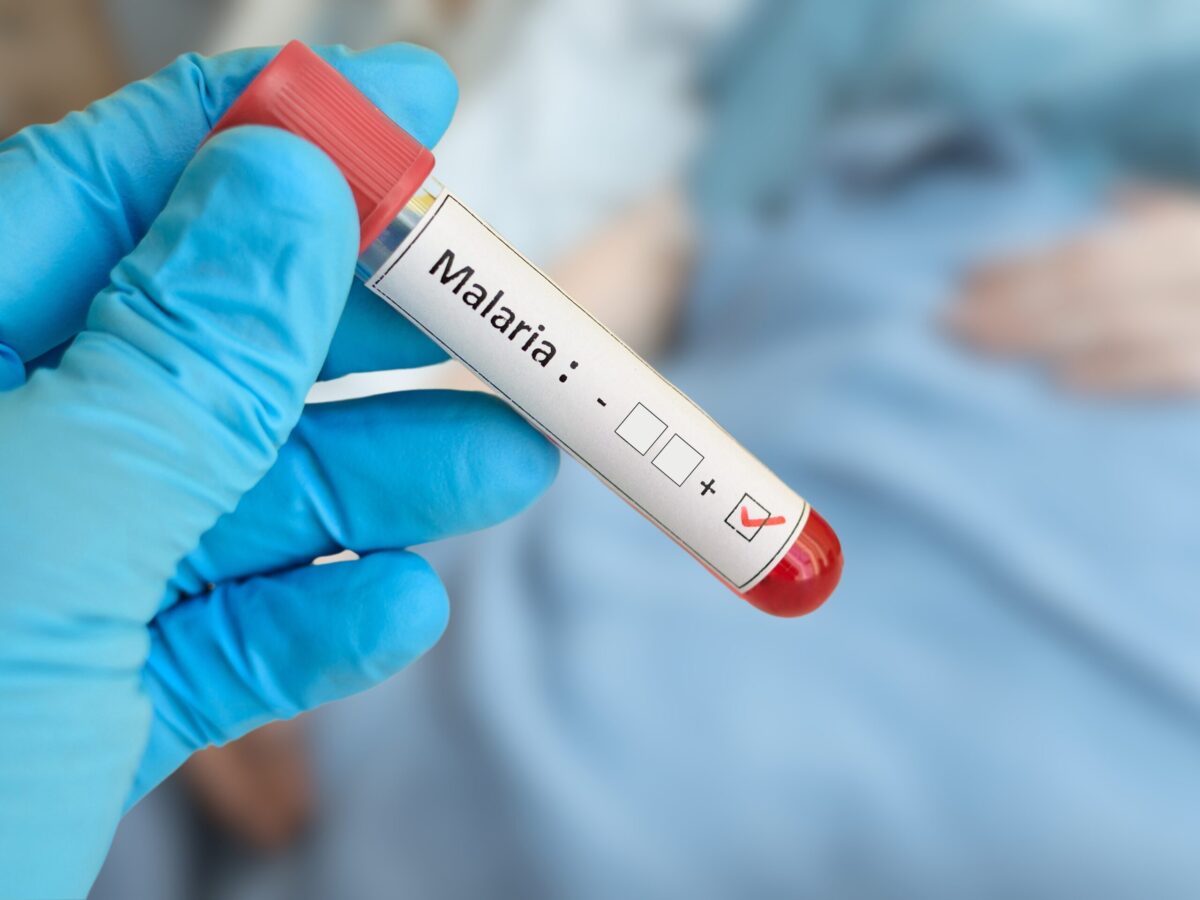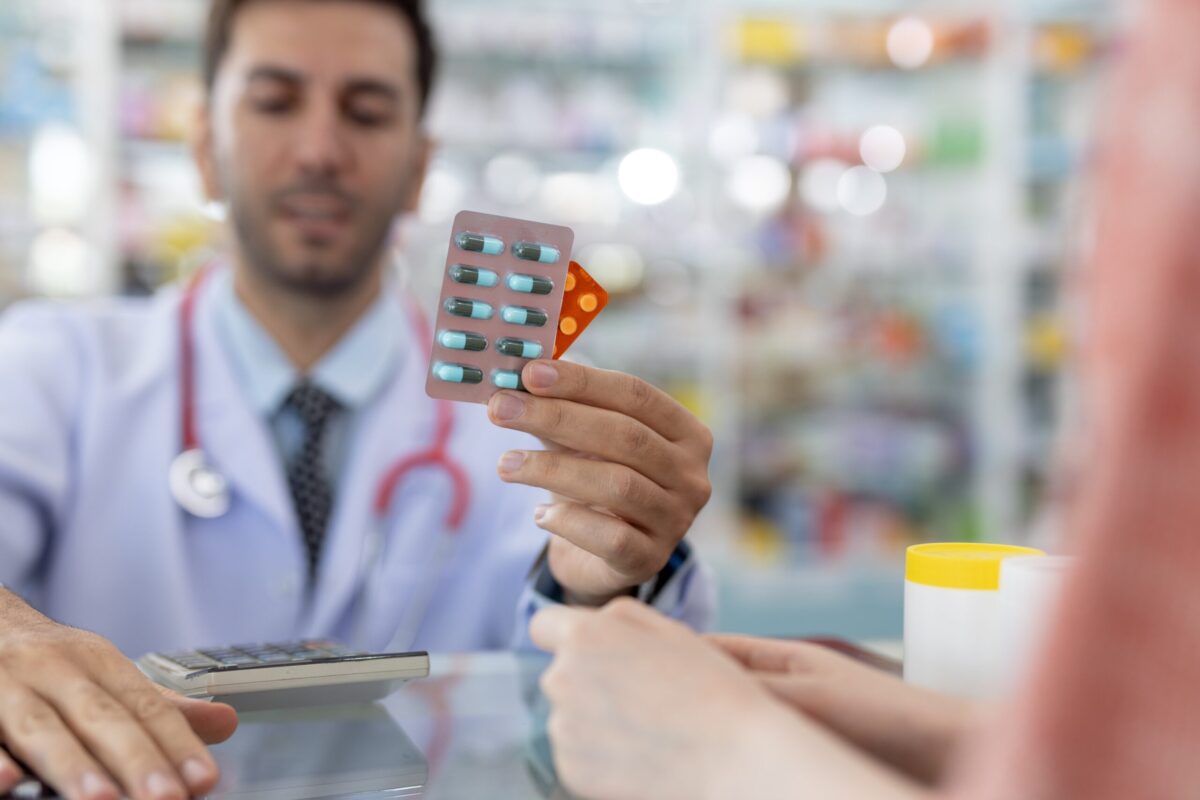Engineers from the National University of Singapore (NUS), have developed a new way to manufacture personalized medicine that is less expensive and more convenient than currently-available methods. According to the researchers, this new tablet fabrication method will allow drugmakers to combine multiple different pharmaceuticals – with different rates if release – into a single pill.
In order to get the optimal therapeutic effect from a given medication, the drugs must be released at a set rate to be absorbed by the body. This means that patients taking multiple medications must take them on a complicated schedule, making sure to take some drugs together and avoid combining others.
Current tablet manufacturing methods – including 3-D printing – do provide some level of design flexibility, however these methods have many limitations. Most existing drug production methods can only produce low-dose pills that are released following a non-continuous profile. Assistant Professor Soh Siowling and PhD student Ms. Sun Yajuan from the Department of Chemical and Biomolecular Engineering at the NUS Faculty of Engineering, say their system will solve many of these problems.
“For a long time, personalized tablet has been a mere concept as it was far too complex or expensive to be realized,” said Siowling. “This new tablet fabrication method is a game changer – it is technically simple, relatively inexpensive and versatile. It can be applied at individualized settings where physicians could produce customized pills on the spot for patients, or in mass production settings by pharmaceutical companies.”
In contrast to other 3-D printing methods which build the tablet one layer at a time, the tableting process designed by Siowling and his colleagues is composed of three different components. One of these components – a specialized polymer – contains the drug, which can be manufactured in a specific shape to ensure optimal release of the payload.
According to the researchers, physicians may be able to use this method to print personalized treatments for patients at the point-of-care. The system would only require the doctor to input the drugs’ desired release profile into a computer software program, and use a standard 3-D printer to fabricate the tablets.
As it’s often necessary for patients to take multiple drugs at once, the researchers say this method could be used to manufacture pills containing multiple active pharmaceutical ingredients. By adjusting the shape of each polymer-associated drug, a single pill with multiple drug release profiles can be made.












Join or login to leave a comment
JOIN LOGIN